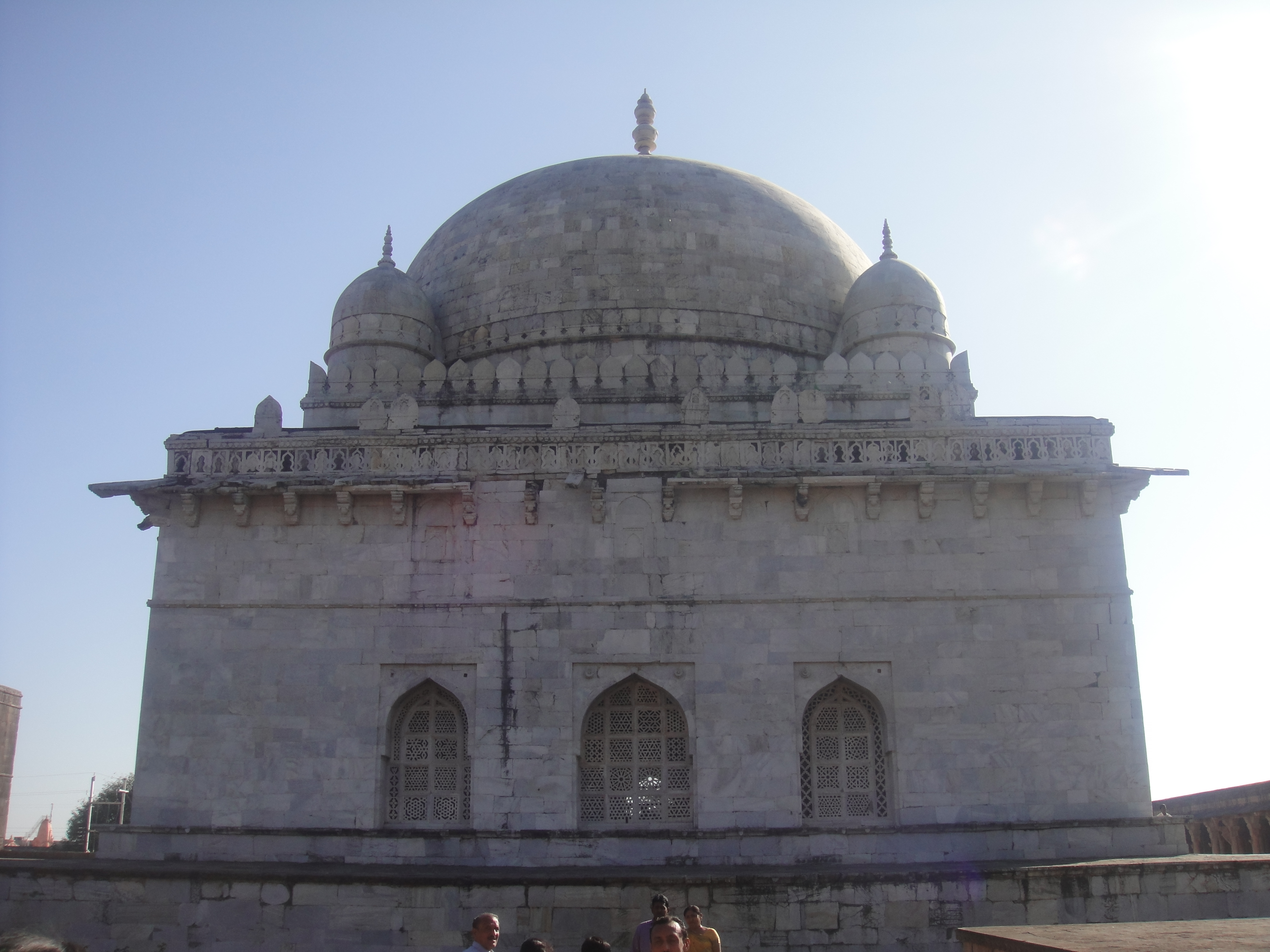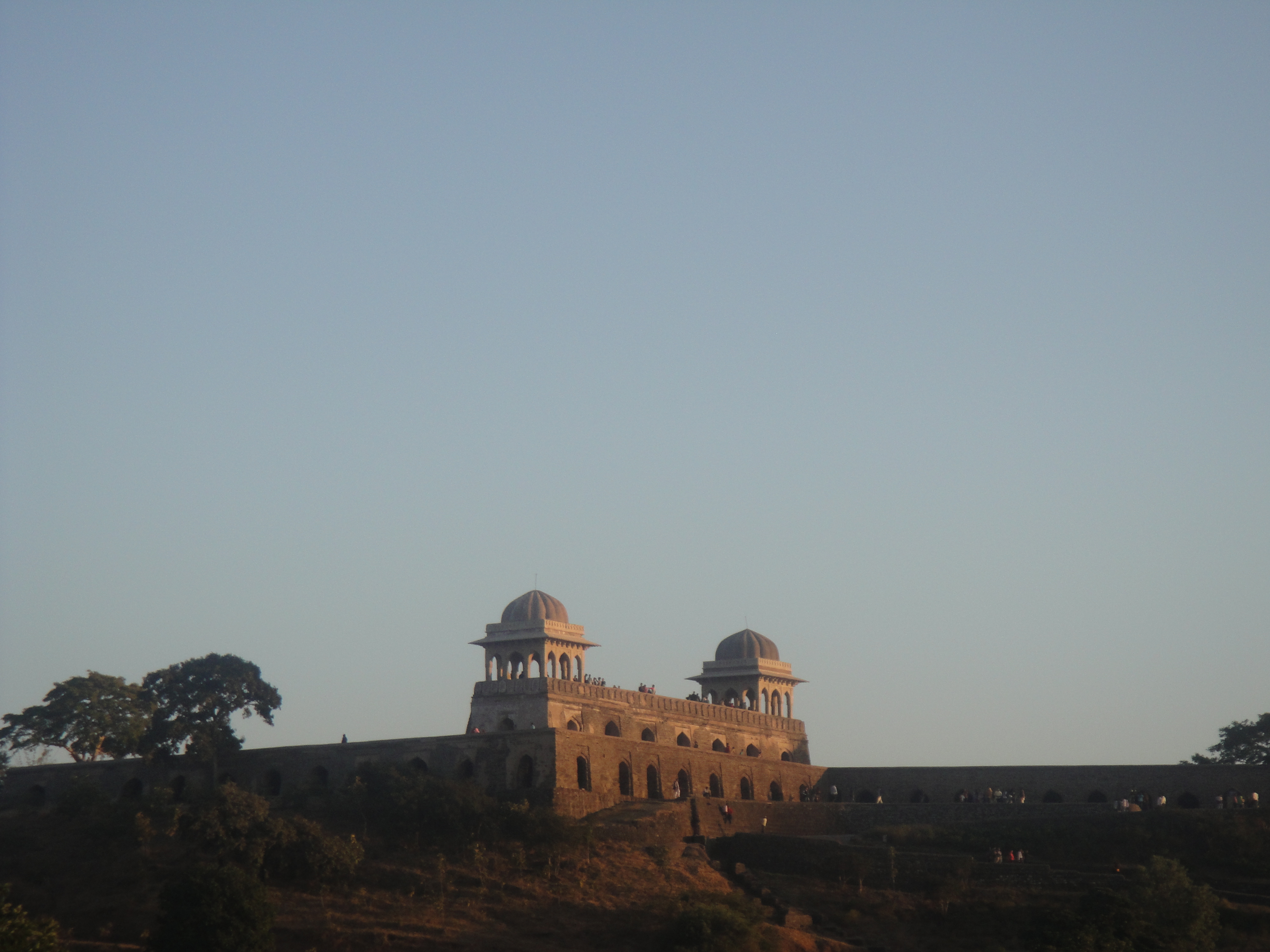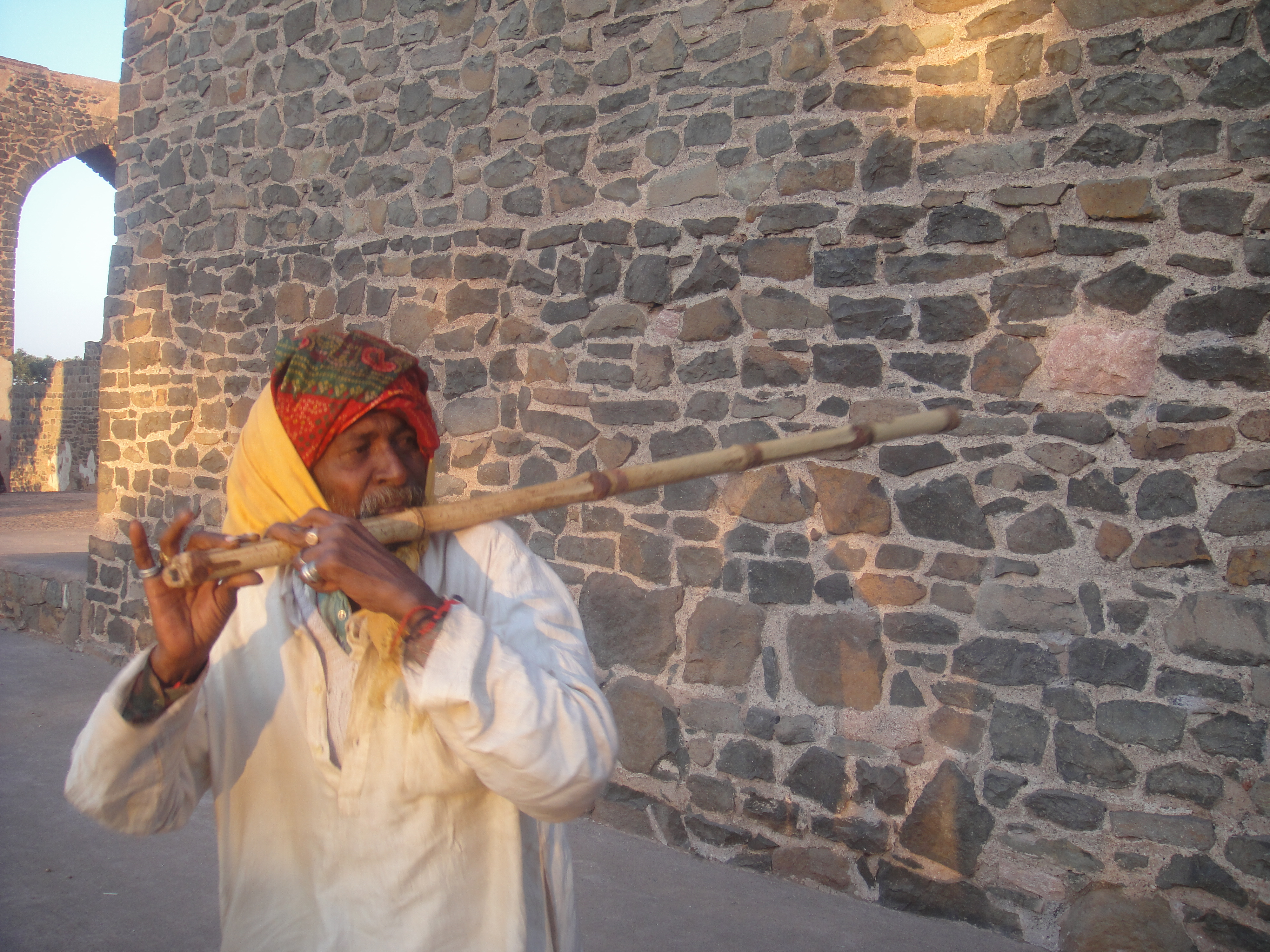This post is in continuation with the Mandu story. If you have not read it is recommended to start with Part 1 . Continuing the story further by moving over to the Village Cluster. The Mandu mysteries and legends continue unabated.
First visit in this group was to Asharfi Mahal which has a very steep stair case leading to it. One of the legends of the town has that fat ladies were made to go up and down this stair case in order to regain their shape. Regardless of how much fitness it brought to the Mandu masses, it did bring out the funny side of the denizens. However the monument is essentially an old Madarsa on the ground level which is in a decent shape.
Right in front of the Asharfi Mahal is the Jami Masjid. A huge mosque, the architecture of which is unlike any other mosque. It really confuses the visitor. In the center of the main hall there is the space for throne like you have in most of the indian royal assembly halls. The structure in terms of domes and other little pieces also seems incongruent with the makings of a mosque. Regardless of this, it is a huge mosque which is well preserved.
Behind the Jami Masjid is the Hoshang Shah ka Makbara. This is an interesting place. Hoshang Shah built this Makbara during his life time. This was built around 1400 AD and the Taj Mahal bears a lot of resemblance to this place. The Makbara has what looks like lots of graves, however Hoshang Shah and his family are not buried in there. By all means it seems to be a possible precursor to the Taj Mahal. On one side of the monument is an old Caravan Serai and a Baoli which are also maintained nicely.
Moving over to the Rewa Kund cluster and to the legends of love in the city of joy. Stories of the love between Baz Bahadur and Rani Roopmati are eternal to the land of Malwa.
Rani Roopmati’s palace was originally built as an observation post to keep the enemies away. However it ended up serving the more romantic purposes as the retreat of Roopmati. This place is the highest point in Mandu. On a clear morning River Narmada is visible from here. The sighting of Naramda and Roopmati’s obsession with Narmada sighting is the backbone of many a legends of Mandu. Additionally the place is ideal for viewing the setting sun.
The palace of Baz Bahadur it is close to the Roopmati’s palace. You need to visit this place when there are not too much visitors around. The way the palace has been built leads itself to tremendous acoustic systems which were used by Baz Bahadur to hold singing competitions among contemporary musicians of that time. The mercurial guide we had demonstrated the power of the acoustics by singing in a corner room and the whole palace was full of the wonderful sound as if somebody is singing next to you. Amazing.
Once you are at Baz Bahadur palace, make sure that you listen to the old man who has carved out multiple flutes from a single bamboo playing free of all cares in the world. He dances pretty well too, figure out how to convince him.
Ignore this city at your own peril. Mandu has many a surprises to offer. Not the least of them is the Baobab tree. An architect’s delight, this is one place historians and budding architects should definitely visit. And once you are there, get hold of a certain Mr. Vishwanath Tiwari who will bring Mandu alive to you in a way no one else can.




Leave a Reply